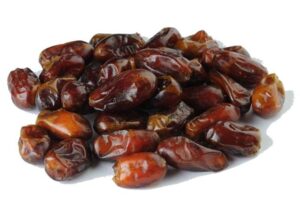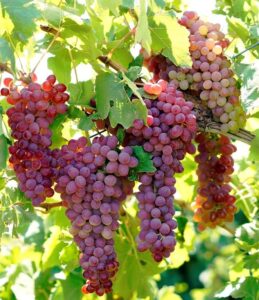Understanding Shelf Life and Storage Tips
Dried fruit is a popular snack choice, known for its convenience, portability, and nutritional benefits. However, many people wonder: Can dried fruit go bad? Understanding the shelf life of dry fruit and how to store it properly can help you enjoy this delicious snack without any worries. In this article, we will explore the factors that affect the shelf life of dried fruit, signs of spoilage, and best practices for storage.

Understanding the Shelf Life of Dried Fruit
Dried fruit has a longer shelf life compared to fresh fruit due to the removal of moisture, which inhibits the growth of bacteria, yeast, and mold. However, dry fruit is not immune to spoilage. The shelf life of dry fruit can vary based on several factors, including the type of fruit, storage conditions, and whether it has been opened or remains sealed.
Typical Shelf Life of Dried Fruit
1. Unopened Packages: When stored in a cool, dry place, unopened packages of dry fruit can last anywhere from 6 months to 1 year past the printed expiration date. However, this can vary depending on the type of fruit. For example:
– Dried apricots: 6 to 12 months
– Raisins: 6 to 12 months
– Dried figs: 6 to 12 months
– Dried cranberries: 12 to 18 months
2. Opened Packages: Once opened, dry fruit should ideally be consumed within 3 to 6 months for optimal freshness. After this period, the quality may decline, but it may still be safe to eat if stored properly.
Factors Affecting the Shelf Life of Dried Fruit
Several factors can influence how long dry fruit lasts:
1. Moisture Content
Dried fruit with higher moisture content, such as dried apricots or prunes, may have a shorter shelf life compared to drier varieties like raisins or figs. Excess moisture can lead to mold growth and spoilage.
2. Storage Conditions
Proper storage is crucial for extending the shelf life of dried fruit. Dry fruit should be kept in a cool, dry place away from direct sunlight. Exposure to heat and light can degrade the quality and flavor of the fruit.
3. Packaging
The type of packaging can also impact the shelf life of dried fruit. Vacuum-sealed or airtight containers can help preserve freshness by minimizing exposure to air and moisture. Resealable bags or glass jars are excellent options for storing opened packages.
Signs That Dry Fruit Has Gone Bad
While dry fruit has a long shelf life, it can still spoil. Here are some signs to look for to determine if your dry fruit has gone bad:
1. Off Smell
If dried fruit emits a sour or off smell, it may be a sign of spoilage. Fresh dry fruit should have a pleasant, fruity aroma.
2. Changes in Texture
Dry fruit should be chewy and pliable. If it becomes excessively hard, dry, or overly sticky, it may be past its prime.
3. Mold Growth
Any visible signs of mold or unusual discoloration indicate that the dry fruit should be discarded immediately. Mold can develop if the fruit has been exposed to moisture.
4. Unpleasant Taste
If you taste dry fruit and it has an off or rancid flavor, it’s best to err on the side of caution and throw it away.
Best Practices for Storing Dried Fruit
To maximize the shelf life of your dry fruit and keep it fresh for as long as possible, follow these storage tips:
1. Keep It Cool and Dry
Store dried fruit in a cool, dry place, such as a pantry or cupboard. Avoid areas with high humidity, such as near the stove or sink.
2. Use Airtight Containers
Transfer opened packages of dry
fruit into airtight containers or resealable bags to minimize exposure to air and moisture. Glass jars, vacuum-sealed bags, or plastic containers with tight-fitting lids work well.
3. Refrigeration for Extended Freshness
For long-term storage, consider refrigerating dried fruit. While it’s not necessary, refrigeration can help extend the shelf life, especially for fruits with higher moisture content.
4. Label and Date
If you transfer dry fruit to a new container, label it with the date of purchase or opening. This will help you keep track of its freshness and ensure you consume it within the recommended time frame.



